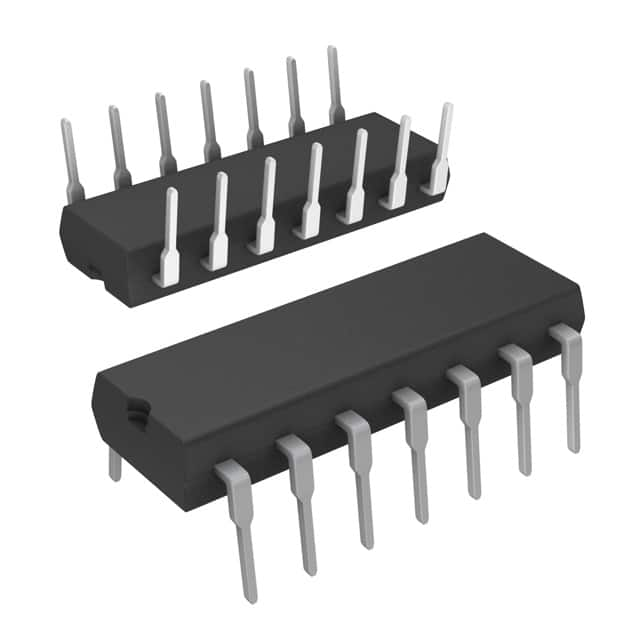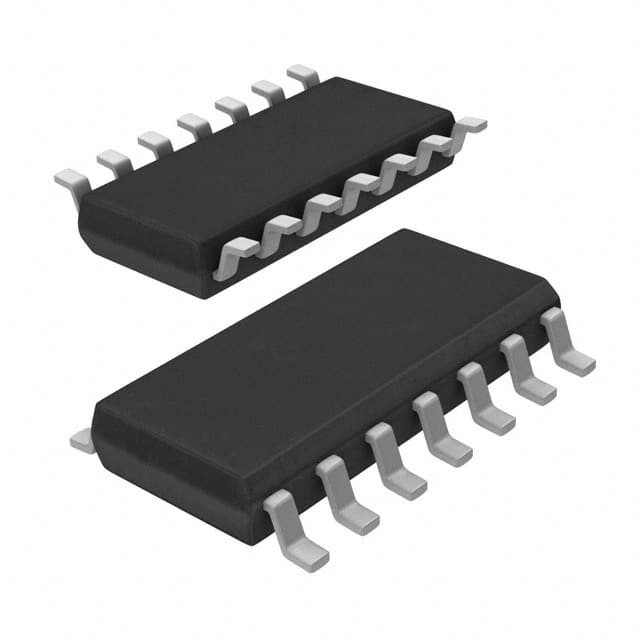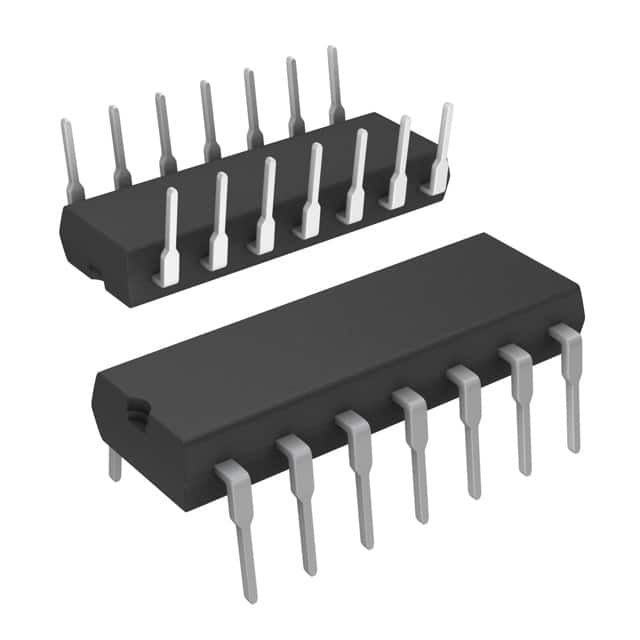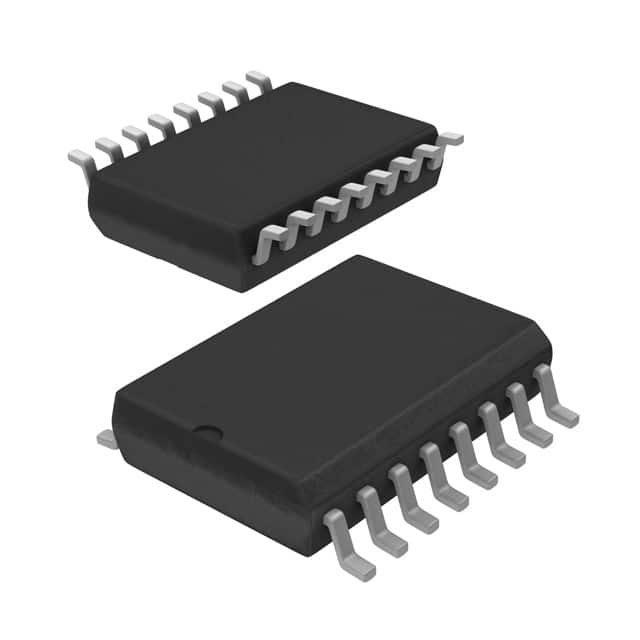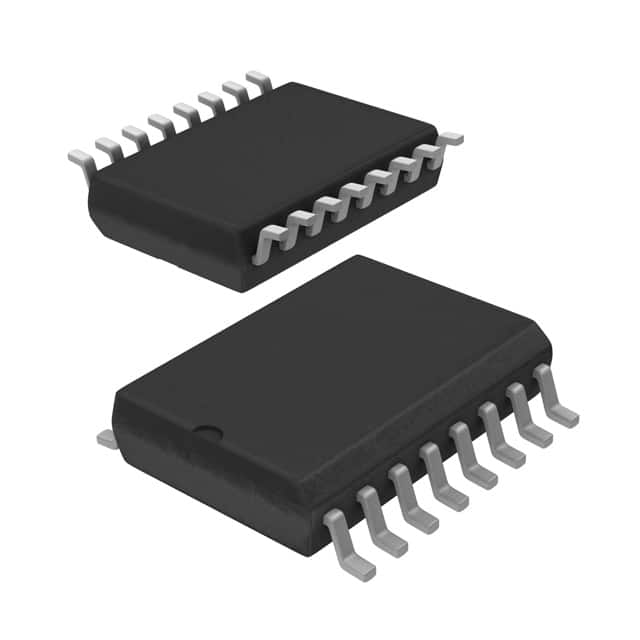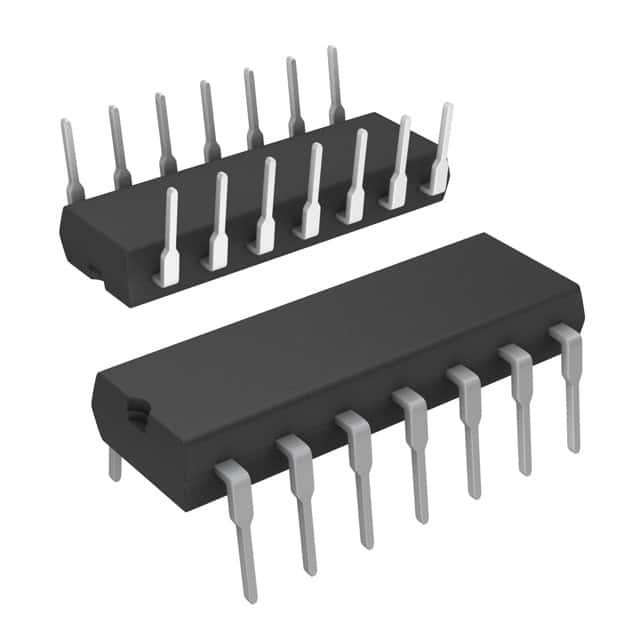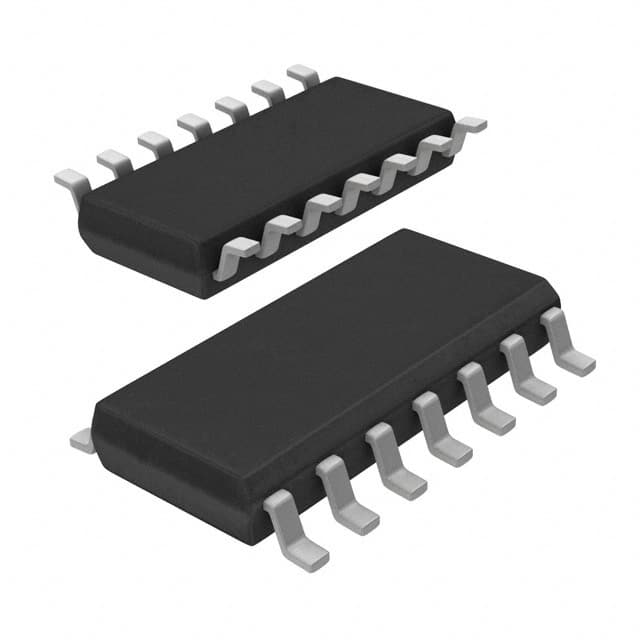74HC10N,652 Product Introduction:
NXP USA Inc. Part Number 74HC10N,652(Logic - Gates and Inverters), developed and manufactured by NXP USA Inc., distributed globally by Jinftry. We distribute various electronic components from world-renowned brands and provide one-stop services, making us a trusted global electronic component distributor.
74HC10N,652 is one of the part numbers distributed by Jinftry, and you can learn about its specifications/configurations, package/case, Datasheet, and other information here. Electronic components are affected by supply and demand, and prices fluctuate frequently. If you have a demand, please do not hesitate to send us an RFQ or email us immediately sales@jinftry.com Please inquire about the real-time unit price, Data Code, Lead time, payment terms, and any other information you would like to know. We will do our best to provide you with a quotation and reply as soon as possible.
Introducing the NXP USA Inc. 74HC10N,652, a versatile and high-performance triple 3-input NAND gate integrated circuit. This product is designed to meet the demanding requirements of modern electronic applications, offering exceptional functionality and reliability.
The 74HC10N,652 features three independent 3-input NAND gates, each capable of handling a wide range of input voltages. With its advanced CMOS technology, this integrated circuit delivers fast switching speeds and low power consumption, making it ideal for a variety of applications.
This product is well-suited for use in digital logic circuits, where it can be employed for signal processing, data manipulation, and control functions. Its compact and durable design ensures easy integration into existing systems, while its wide operating temperature range allows for reliable performance in various environments.
The 74HC10N,652 also boasts excellent noise immunity, ensuring accurate and stable operation even in noisy environments. Its high output current capability enables it to drive a variety of loads, making it suitable for use in both low-power and high-power applications.
Whether you are designing consumer electronics, industrial automation systems, or automotive applications, the NXP USA Inc. 74HC10N,652 is the perfect choice for your digital logic needs. Trust in its exceptional performance, reliability, and versatility to bring your designs to life.
Gates are an important part of the transistor in the integrated circuit, especially in the field effect transistor (FET) plays a role in controlling the current interruption. By interacting with the insulation layer between the channel, it uses the electric field effect to regulate the carrier concentration in the channel, and then controls the current flow between the source and the drain electrode. The inverter is a logic electronic device that is mainly used to reverse the logic state of the input signal, that is, from a high level to a low level, or from a low level to a high level. In digital logic circuits, the inverter is often implemented as a NOT gate, which is carefully designed by multiple transistors (such as PMOS and NMOS pairs in CMOS technology), and realizes the logical reversal of the signal by controlling the switching state of the transistor. Together, they form the basis of logic circuits and demonstrate the high flexibility of integrated circuits in signal processing and control.
Application
Gates, as key components of transistors, are widely used in various integrated circuits, especially in core components such as microprocessors, memory, sensors, etc. They are the foundation for implementing complex logic functions and high-performance computing. Inverters play an important role in digital circuit design, communication systems, power management, and other fields. Through their logic inversion function, they support signal shaping, amplification, isolation, and timing control requirements. In various fields such as consumer electronics, automotive electronics, industrial automation, and data centers, gates and inverters are indispensable electronic components that help devices achieve efficient and accurate signal processing and control, promoting technological progress and industrial upgrading.
FAQ about Logic - Gates and Inverters
-
1. What is an inverter IC?
An inverter IC is a core component used to control and manage the various electronic components inside the inverter. The inverter IC is responsible for receiving input signals, processing data, generating control signals, and driving other components of the inverter.
The main functions of the inverter IC include:
Signal processing: Receive signals from sensors and process them to determine the operating status and requirements of the inverter.
Control strategy implementation: Based on the processing results, implement corresponding control strategies, such as PWM (pulse width modulation) control, to adjust the output voltage and frequency.
Protection function: Implement overcurrent, overvoltage, undervoltage and other protection functions to ensure the safe operation of the inverter.
Application scenarios of different types of inverter ICs include:
Motor drive inverter: Such as BridgeSwitch™-2 IC, used for BLDC motors, improve power output and efficiency, and introduce predictive maintenance functions.
Automotive traction inverter: Use ICs produced by ABLIC, suitable for converting DC power from batteries to AC power to drive traction motors.
Energy storage inverter: The core components are power semiconductors (such as IGBTs and MOSFETs), which are responsible for converting DC power into AC power and supporting efficient energy conversion.
-
2. What is a logic gate in an IC?
A logic gate in an IC is an electronic component used to perform logic operations. Logic gates are often used to implement basic logic functions such as AND, OR, NOT, etc., and are the basic building blocks in digital circuits.
The working principle of the logic gate is based on the properties of semiconductor materials, especially PN junctions. When a voltage is applied between the source and the drain, current will not flow through this barrier without a gate voltage. However, when an appropriate voltage is applied to the gate, it changes the electric field distribution at the PN junction, allowing current to pass. In short, the gate voltage controls the flow of current from the source to the drain, which enables the transistor to be used as a switch: closed when there is no gate voltage and open when there is a gate voltage.
In integrated circuits (ICs), logic gates usually refer to field effect transistors (FETs) or metal oxide semiconductor field effect transistors (MOSFETs). These transistors have three terminals: source, drain, and gate. The source and drain are the entrance and exit of the current, while the gate is used to control the flow of current. By controlling the gate voltage, the switching control of the current in the circuit can be achieved, thereby performing various logical operations.
-
3. How many gates are there in ICs?
There are usually one or more gates in an IC, and the specific number depends on the type and design of the IC. For example, MOS tubes and transistors are common components in ICs, and they usually have one or more gates.
In a chip, a transistor is one of the most basic components. A transistor has three poles: source, drain and gate. The gate is located on the insulating layer between the source and the drain, and controls the conduction and cutoff of the channel by changing the gate voltage.
In addition, there is a special type of transistor in the flash memory chip, called a floating gate transistor, which has two gates: the control gate and the floating gate. The floating gate is located between the control gate and the channel, wrapped by an insulating layer, and can store charge, thereby realizing data storage.
 Lead free / RoHS Compliant
Lead free / RoHS Compliant



